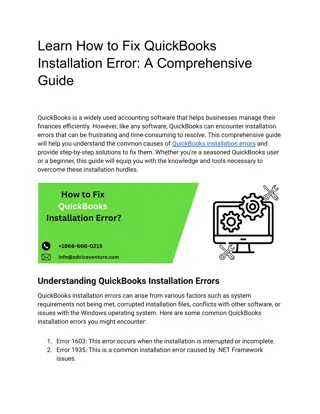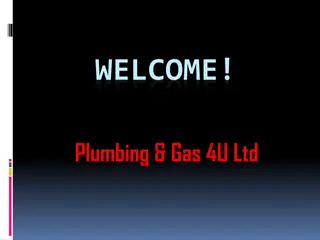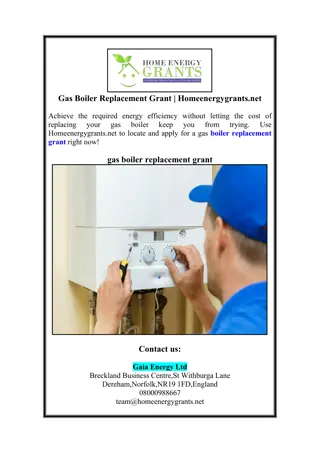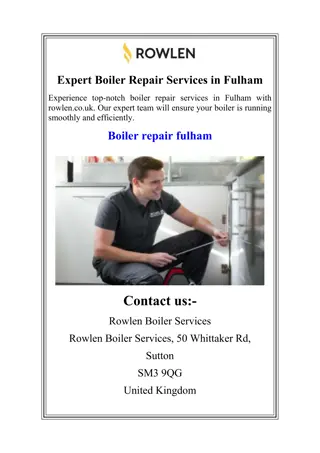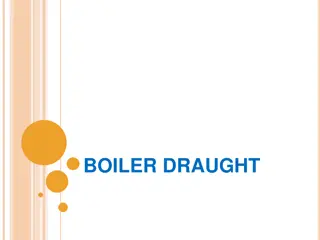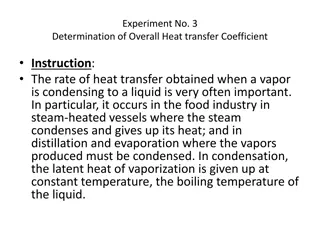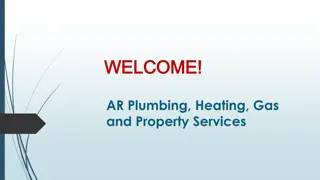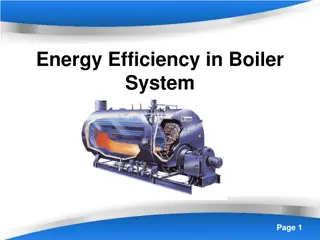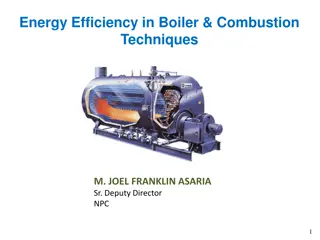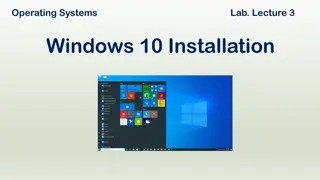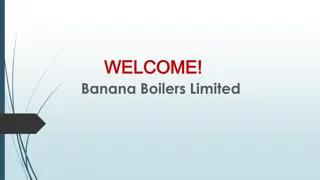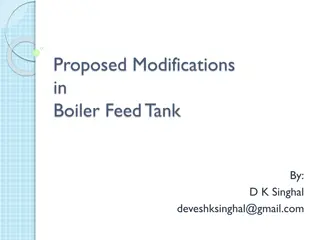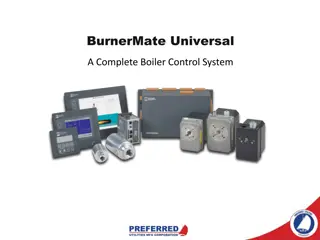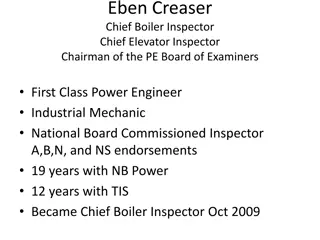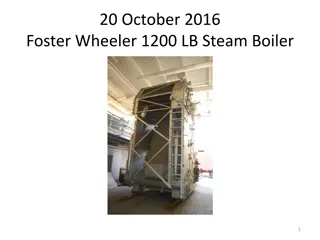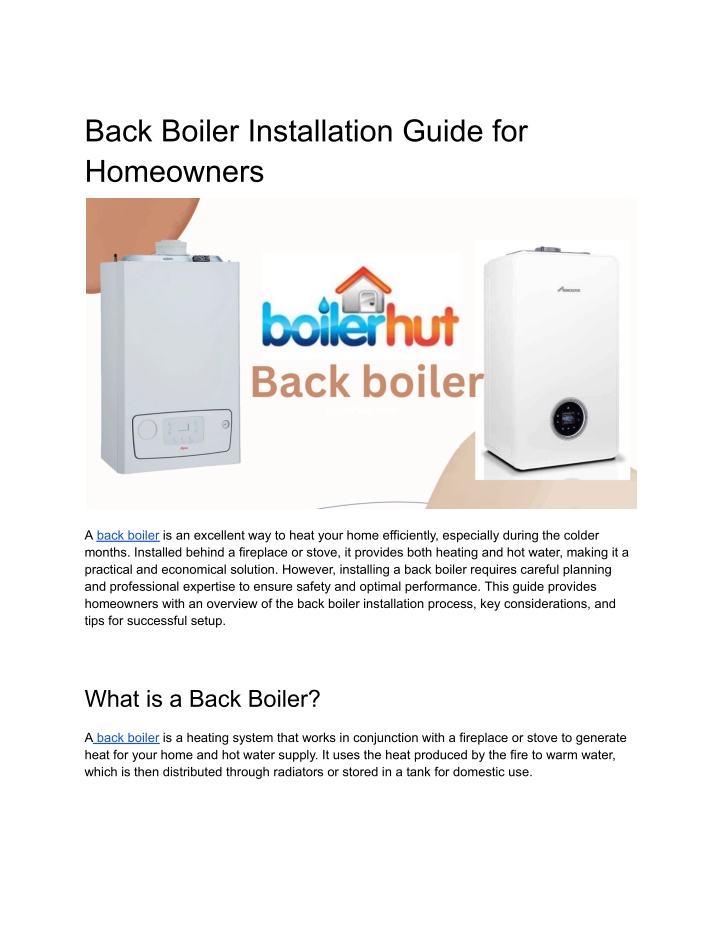
Back Boiler Installation Guide for Homeowners
A back boiler is an excellent way to heat your home efficiently, especially during the colder months. Installed behind a fireplace or stove, it provides both heating and hot water, making it a practical and economical solution. However, installing a
Download Presentation

Please find below an Image/Link to download the presentation.
The content on the website is provided AS IS for your information and personal use only. It may not be sold, licensed, or shared on other websites without obtaining consent from the author. If you encounter any issues during the download, it is possible that the publisher has removed the file from their server.
You are allowed to download the files provided on this website for personal or commercial use, subject to the condition that they are used lawfully. All files are the property of their respective owners.
The content on the website is provided AS IS for your information and personal use only. It may not be sold, licensed, or shared on other websites without obtaining consent from the author.
E N D
Presentation Transcript
Back Boiler Installation Guide for Homeowners A back boiler is an excellent way to heat your home efficiently, especially during the colder months. Installed behind a fireplace or stove, it provides both heating and hot water, making it a practical and economical solution. However, installing a back boiler requires careful planning and professional expertise to ensure safety and optimal performance. This guide provides homeowners with an overview of the back boiler installation process, key considerations, and tips for successful setup. What is a Back Boiler? A back boiler is a heating system that works in conjunction with a fireplace or stove to generate heat for your home and hot water supply. It uses the heat produced by the fire to warm water, which is then distributed through radiators or stored in a tank for domestic use.
Steps for Back Boiler Installation 1. Assess the Feasibility Before installing a back boiler, evaluate whether it is suitable for your home: Check the existing fireplace or stove: Ensure it is compatible with a back boiler. Assess space requirements: Make sure there is adequate room for the boiler unit and associated plumbing. Consult local regulations: Verify compliance with building codes and safety standards. 2. Choose the Right Back Boiler Select a back boiler that suits your heating needs: Fuel type: Decide between solid fuel, gas, or oil-based boilers. Capacity: Ensure the boiler can handle the heating and hot water demands of your household. Efficiency rating: Opt for a model with a high efficiency rating to save energy and reduce costs. 3. Hire a Professional Installer Installing a back boiler is a complex process that requires expertise. Hire a certified professional who can: Conduct a thorough site inspection. Ensure proper installation of the boiler, flue, and plumbing connections. Adhere to safety regulations and standards. 4. Prepare the Installation Site Clean the fireplace or stove area: Remove debris and ensure the site is ready for installation. Install or upgrade the flue: A proper flue system is essential for safe operation. Check water and gas connections: Ensure they are in good condition and ready for integration. 5. Install the Back Boiler The professional installer will: Fit the back boiler unit behind the fireplace or stove.
Connect the boiler to the central heating and hot water systems. Install safety components, such as pressure relief valves and thermostats. Test the system for leaks and proper functionality. 6. Commission the System Once installed, the system must be commissioned: Test the heating and hot water functions: Ensure they are operating correctly. Set controls and timers: Program the system for efficient usage. Provide homeowner instructions: Learn how to operate and maintain the system safely. Maintenance Tips for Back Boilers Regular servicing: Schedule annual maintenance by a qualified technician. Clean the fireplace or stove: Remove soot and debris regularly to maintain efficiency. Monitor for issues: Check for leaks, unusual noises, or reduced performance. Inspect the flue: Ensure it is free of blockages and in good condition. Key Considerations Safety first: Always prioritize safety during installation and operation. Energy efficiency: Invest in a high-efficiency back boiler to save on energy costs. Environmental impact: Consider renewable fuel options to reduce your carbon footprint. Conclusion Installing a back boiler can be a rewarding investment, providing efficient heating and hot water while saving on energy bills. However, it is essential to approach the installation process with care and rely on professional expertise. By following this guide, homeowners can ensure a safe, efficient, and long-lasting back boiler setup. For the best results, consult a certified installer and maintain the system regularly to enjoy its benefits for years to come.


